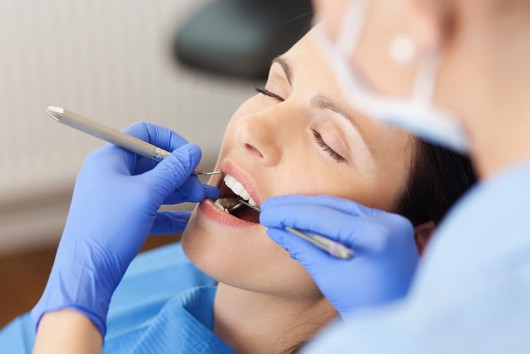Dental sedation is a form of anesthesia that renders the patient relaxed and keeps them calm and safe during their dental procedures. A dentist may use sedation to get a patient through the dental treatment without feeling pain or anxiety.
Dentists use it when somebody needs to get a tooth extracted, bridge placed, or a root canal. Safe medical sedation can help reduce stress levels and reduce anxiety levels for patients during dental procedures.
If you’re about to have a dental procedure, you’re probably worried about the pain and being able to relax. With dental sedation, you can be confident that your dentist will do everything possible for your comfort.
What Is Dental Sedation?
Dental sedation is a process in which dentists give patients medicines to feel relaxed, less anxious, and mentally detached from their surroundings. The goal of sedation is to make it easier for them to undergo procedures without experiencing much pain. Dentists use it during dental procedures such as tooth extractions, endodontics, and periodontics.
Why Dentists Use Dental Sedation
Here are five ways that dentists can apply dental sedation:
- Preventing pain from procedures
- Preventing the treatment itself from becoming traumatic and uncomfortable
- Increasing satisfaction of the patient during treatment
- Assisting patients who suffer from severe anxiety or dental phobias
- Improving patient care practices
How Does Dental Sedation Work?
Dental sedation is the process of placing patients in a state of relaxation that allows them to remain still and comfortable throughout their treatment. This is especially beneficial for patients suffering from moderate to severe dental phobia.
There are four levels of sedations — light, deep, moderate, and general anesthesia. Patients with more severe conditions need general anesthesia (where you are unconscious), while those with less severe conditions will only need light or deep sedation.
Dental sedation is also commonly used for time-intensive procedures, where it would be difficult for a patient to remain awake and still throughout. This helps both patients and dentists.
How to Care for Yourself After Dental Sedation Procedure?
Dental sedation patients regain full consciousness shortly after their treatment. While patients may feel a bit drowsy for a short time or the rest of the day, there is no specific recovery after sedation.
You will, however, have the recovery period for whichever dental treatment you underwent.
To help ease your fears, here are some essential things to remember after you go through a dental sedation procedure:
- Speak with your dentists about what you should expect and how to care for yourself after they do the procedure
- Take note of what signs and symptoms you should be aware of and contact your dentist if any arise post-procedure
- Dental sedation procedures typically last for one hour but may last longer depending on the type of procedure they do
- Make sure to drink plenty of water, checkup with your dentist regularly
What Is Safe Medical Sedation?
Safe medical sedation is a process in which patients are administered general anesthesia with minimal risk of adverse effects. It makes it a good option for people who need an alternative way of receiving treatments using dental sedation.
